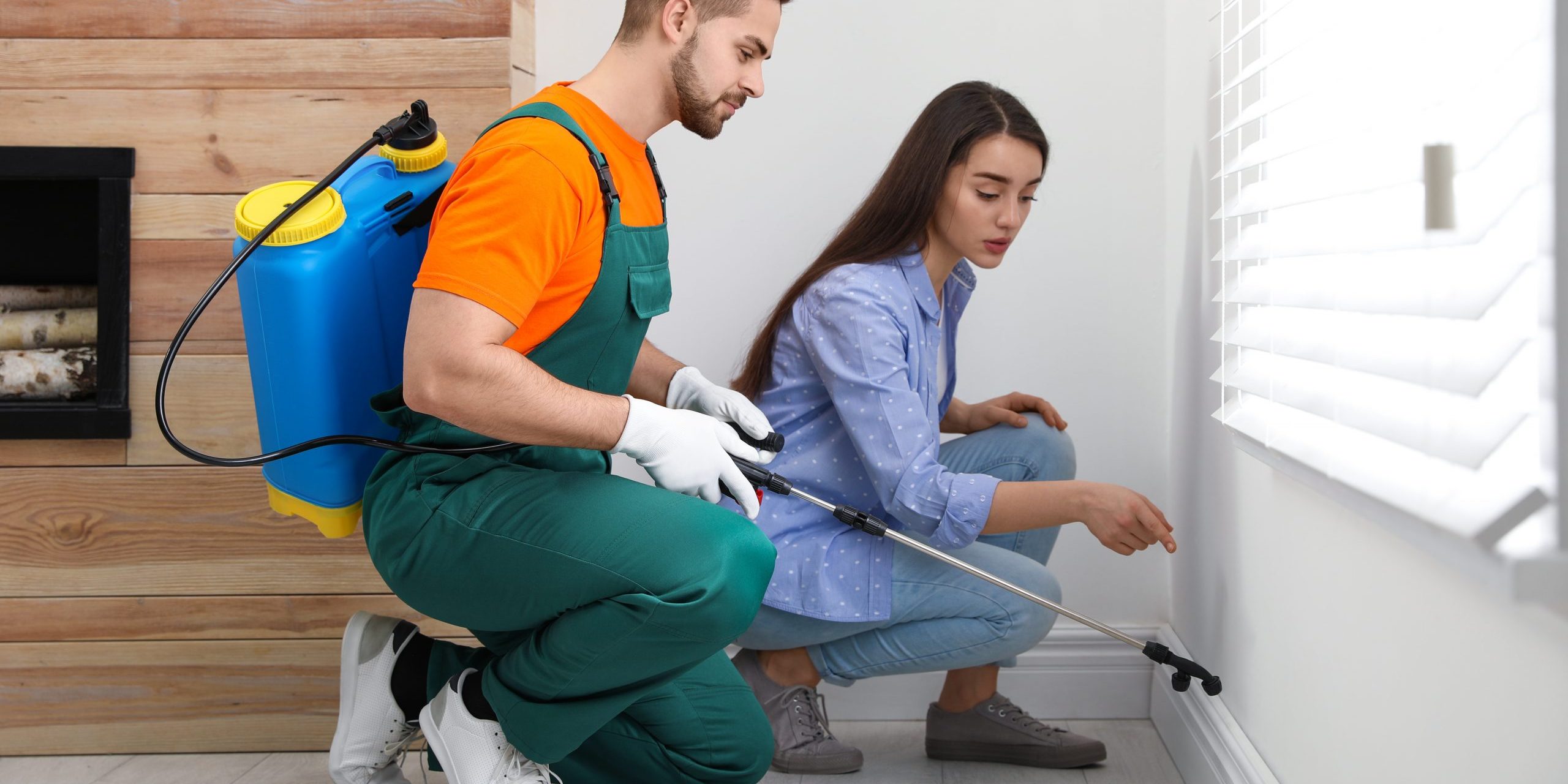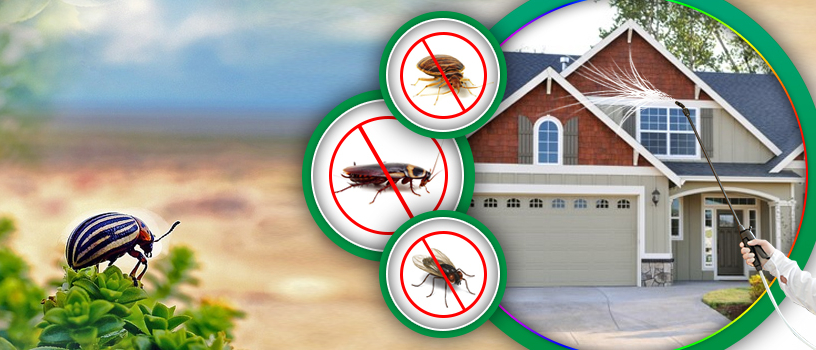Trusted Exterminator Near Me: Your Neighborhood Pest Control Service!
Trusted Exterminator Near Me: Your Neighborhood Pest Control Service!
Blog Article
Professional Parasite Control Techniques for Long-Term Outcomes
In the world of insect control, accomplishing sustained efficacy and long-term outcomes calls for a precise strategy that goes beyond simple extermination. Expert pest control methods encapsulate an extensive approach that begins with a thorough examination and assessment, followed by precise insect identification to recognize their actions patterns. The application of Integrated Pest Administration (IPM) principles, paired with eco-conscious treatments, develops the keystone of lasting parasite eradication. The real test exists in the continuous tracking and upkeep of the dealt with locations, guaranteeing a pest-free setting for the near future. By diving right into the intricacies of these strategies, a much deeper understanding of expert pest control techniques for withstanding results arises.
Assessment and Analysis
Upon getting in a property for insect control solutions, the first step is an extensive evaluation and analysis to recognize the level of the infestation and identify the most reliable therapy strategy. Professional bug control specialists are educated to diligently take a look at the properties, searching for indications of insect activity such as droppings, munch marks, nests, or any architectural damage. They will additionally analyze the conditions that may be drawing in bugs, such as food resources, water leaks, or entry points.

Bug Recognition and Habits

In addition, comprehending the behavior of the identified pest is key to executing efficient control actions. Understanding where insects nest, what they feed on, and their task patterns can aid pest control professionals develop techniques to remove them successfully.
Integrated Insect Management (IPM)
Integrated Bug Administration (IPM) methods integrate several methods to control and protect against insect problems in a lasting and ecologically pleasant fashion. bed bug treatment. By integrating techniques such as organic control, habitat manipulation, modification of social techniques, and using resistant ranges, IPM aims to minimize using chemical pesticides
Among the vital concepts of IPM is the emphasis on avoidance. This positive technique entails surveillance insect populaces consistently to find any type of possible problems before they intensify. By identifying bug problems beforehand, pest control procedures can be applied promptly and effectively.
Moreover, IPM advertises the usage of safe pest control approaches whenever indoor termite control feasible. This can include using natural killers of the parasites, presenting helpful insects, or making use of pheromones to disrupt mating patterns. By decreasing dependence on chemical pesticides, IPM not only protects the atmosphere yet additionally aids click here now keep an read this post here equilibrium in the environment.
Environmentally-Friendly Treatments
Carrying out eco-conscious strategies in parasite control treatments can successfully deal with infestations while focusing on ecological sustainability. Environmentally-friendly therapies concentrate on minimizing the effect of insect control methods on ecological communities, non-target microorganisms, and human wellness. These methods typically involve the usage of all-natural killers, such as ladybugs or nematodes, to control pest populations, decreasing the need for chemical interventions. Additionally, strategies like habitat adjustment, such as changing wetness levels or removing food sources, can aid discourage insects without the usage of damaging materials.
An additional secret element of environmentally-friendly treatments is using natural and biodegradable items that break down rapidly without leaving damaging residues in the environment. Agricultural pesticides originated from plants like chrysanthemums or neem use reliable pest control while positioning minimal danger to non-target varieties. In addition, utilizing approaches like heat therapies or pheromone traps can target particular pests with precision, minimizing the overall environmental influence of bug control practices.
Recurring Tracking and Maintenance
Consistent security and maintenance are important parts of effective pest control management. Continuous tracking plays an essential function in ensuring that parasite problems are found very early and dealt with without delay. Routine inspections by trained specialists are essential to recognize any kind of signs of pest activity, analyze the efficiency of previous treatments, and make changes to the bug control plan as required. By keeping an eye on parasite populations with time, pest control experts can track trends, expect prospective issues, and implement safety nets to reduce the risk of future infestations.
Along with monitoring, upkeep practices are essential for lasting pest control success. This includes implementing correct cleanliness steps to eliminate prospective food and water sources for bugs, sealing off entry factors to stop parasites from entering the premises, and dealing with any type of structural problems that can assist in insect invasions (exterminator). By integrating recurring tracking and upkeep into an integrated pest management method, businesses can make sure a pest-free atmosphere and safeguard their home versus expensive damage and wellness risks
Conclusion
To conclude, utilizing specialist bug control methods such as thorough examination and evaluation, accurate insect recognition and understanding of their behavior, integrated pest administration approaches, environmentally-friendly therapies, and recurring monitoring and upkeep are important for achieving long-lasting outcomes in pest control. By executing these techniques, individuals can efficiently manage pest infestations and preserve a pest-free setting in a sustainable manner.
Report this page